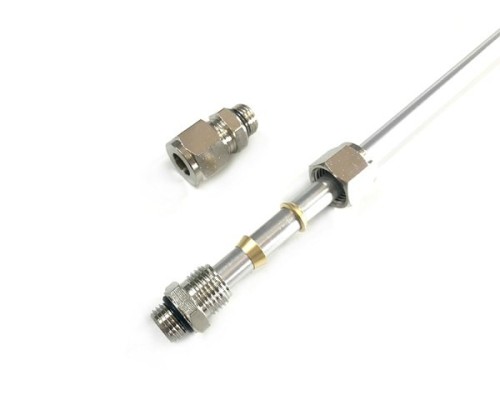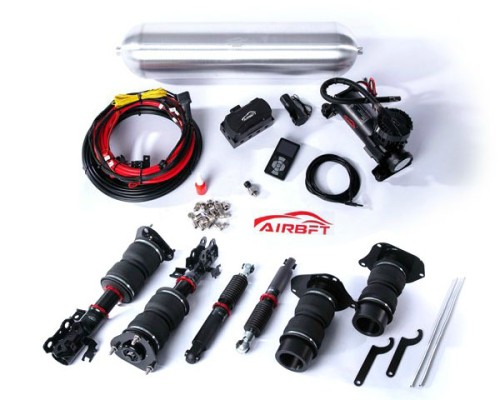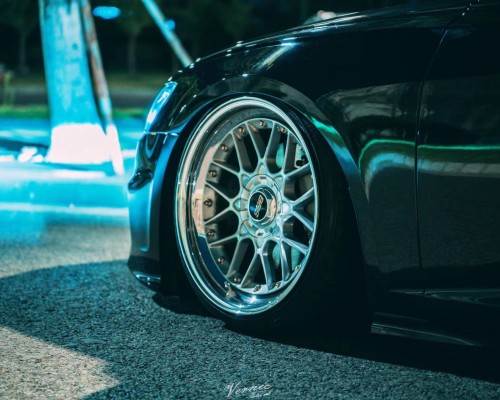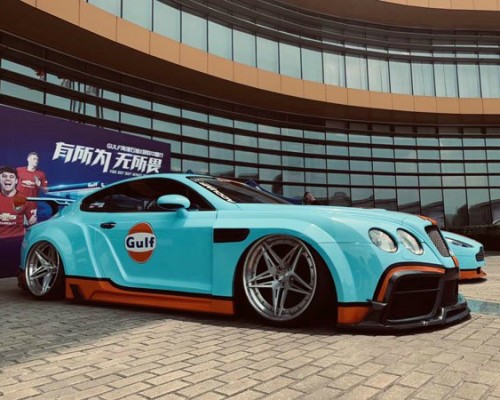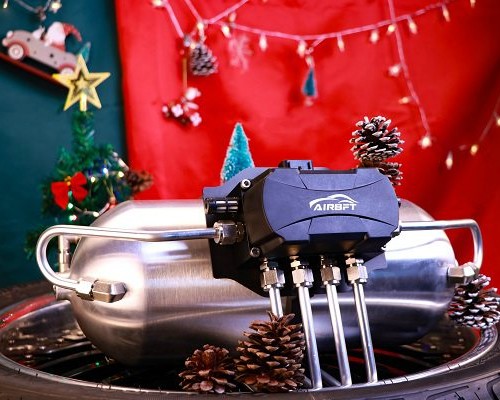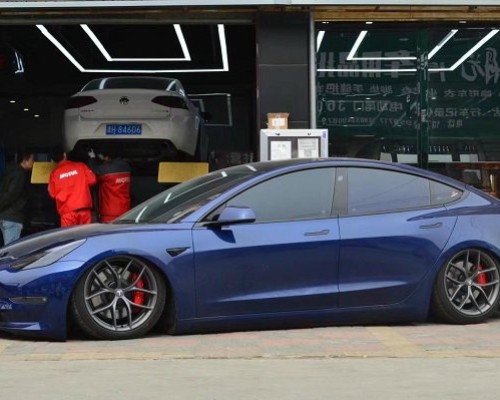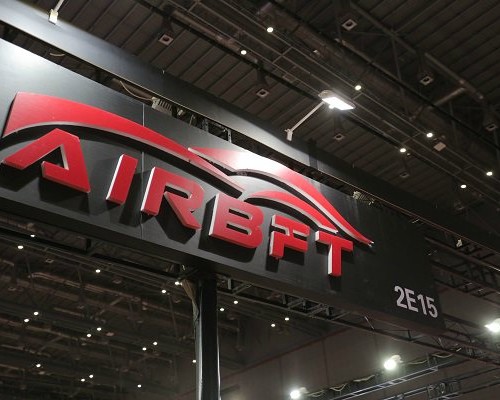Height-adjustable Mercedes-Benz E-Class W213 stancenation very low profile
AIRBFTsuspension low-lying cultural modification exchange center will share the case with you:Height-adjustable Mercedes-Benz E-Class W213 stancenation very low profile. This is a case picture of the new Mercedes-Benz E-class modified AIRBFT air suspension shared by Shaoxing Motors in China. Several pictures show the unique charm of a car and perfectly show the low culture.
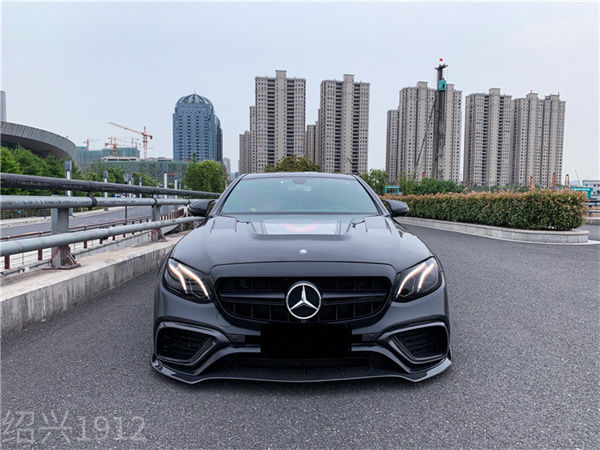
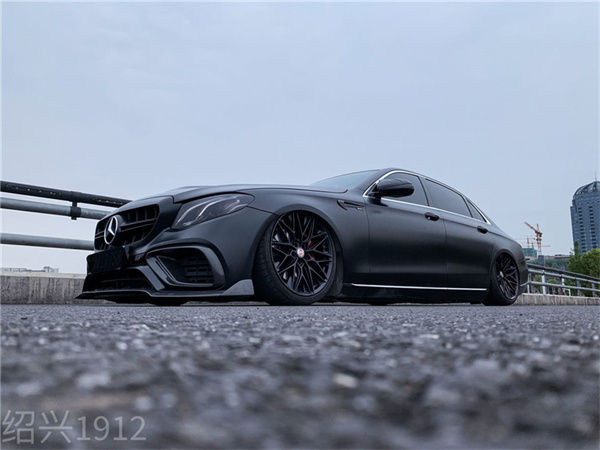
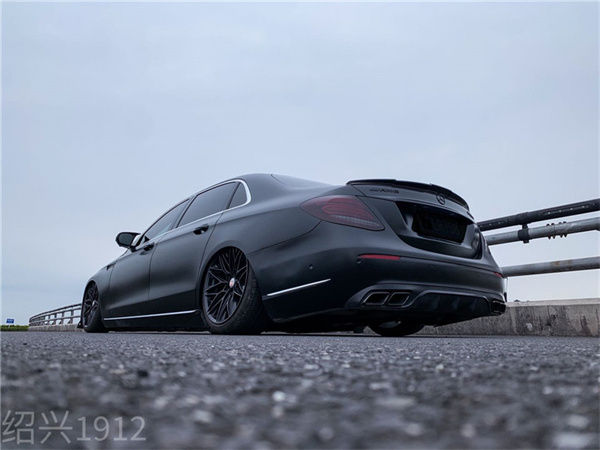
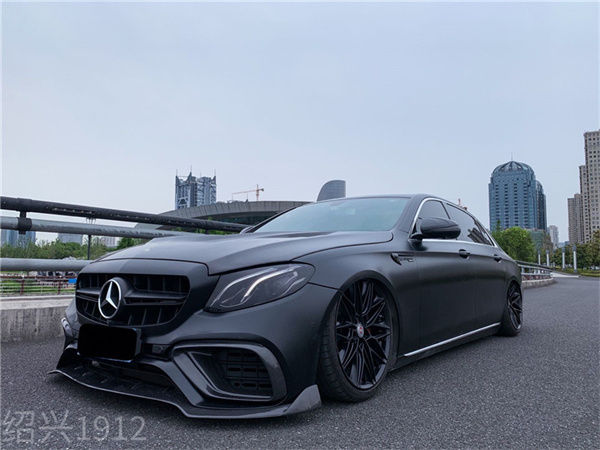
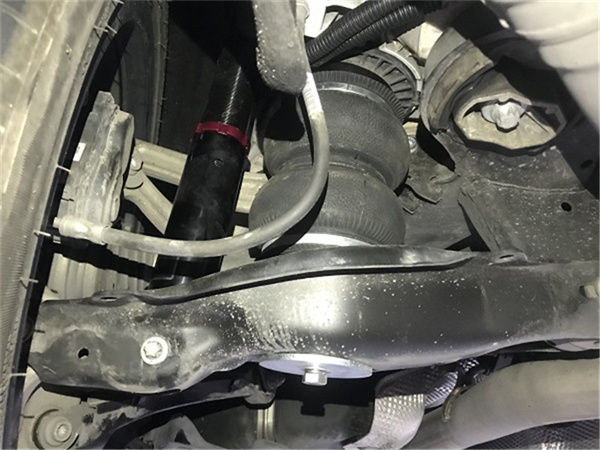
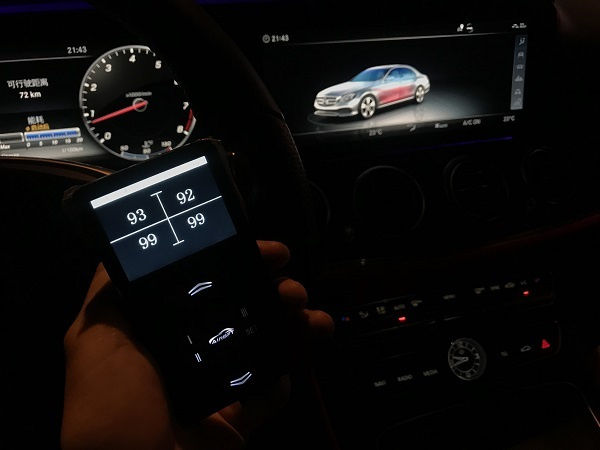
In 1961, Mercedes-Benz launched the second-generation E-class sedan with the chassis number W110. The biggest change of the new car is the fin-shaped rear design. The reason why such a shape is adopted is because the manufacture of the E-class sedan borrowed the design shape of some Cadillac models at that time.
Compared with the first-generation E-class models, the performance of the second-generation models has been comprehensively improved. The 6-cylinder engine was first used on the Mercedes-Benz E-class, and the wider tires and redesigned suspension system made the new car more comfortable to ride. In the interior of the second-generation E-class sedan, Mercedes-Benz also continues the spacious and comfortable features, and the instrument panel adopts a thermometer-like design, which brings a lot of visual pleasure to consumers.
In terms of power, in addition to the 80-horsepower 1.9L gasoline engine, Mercedes-Benz also provides a 2.0L diesel engine for the E-class sedan. In 1965, Mercedes-Benz launched the first E-class sedan equipped with a 6-cylinder engine. With a displacement of 2.3L and a power of 105 horsepower, this car became the flagship of the second-generation E-class sedan.
The third generation E-class
In January 1968, Mercedes-Benz officially launched the third-generation E-class model (including the W115 model) with the chassis number W114. The third-generation E-class sedan, which gave up the “fishtail” design, uses a lot of simple and clear straight line design elements and upright headlights. In terms of space, the new car continues to increase, further highlighting the luxurious theme of the E-class sedan.
This generation of E-class sedans is very rich in models and has a variety of output powers. Mercedes-Benz has produced models with 80-150 horsepower. In 1975, the E-class sedan used a 3.0-liter inline five-cylinder diesel engine for the first time, the model number was 300D, although the displacement was large, it could only output 77 horsepower. The world’s most powerful passenger car diesel engine. By the end of production in 1976, a total of 1.83 million E-classes of this generation had been produced, accounting for 77% of the total production of Mercedes-Benz cars of the same generation.
More car modification AIRBFT stancenation case style:Mercedes-Benz E-Class W213 stancenation






